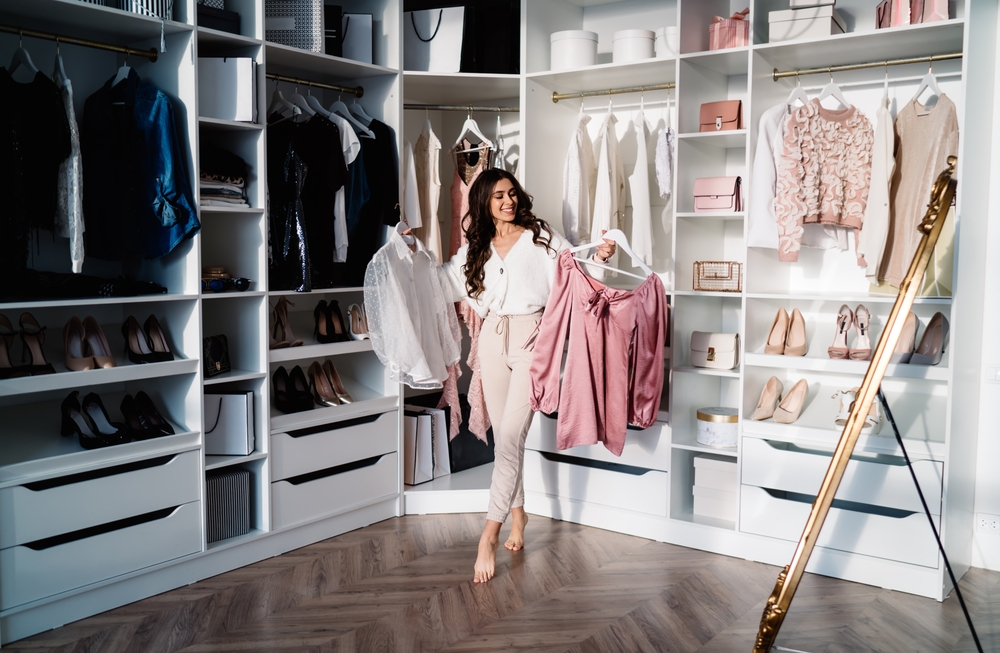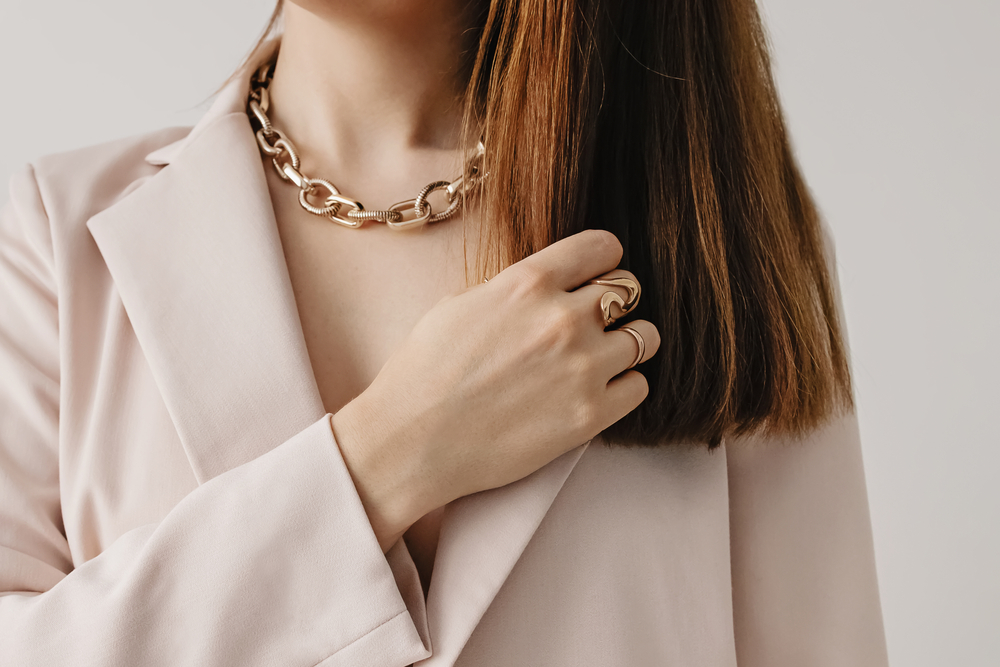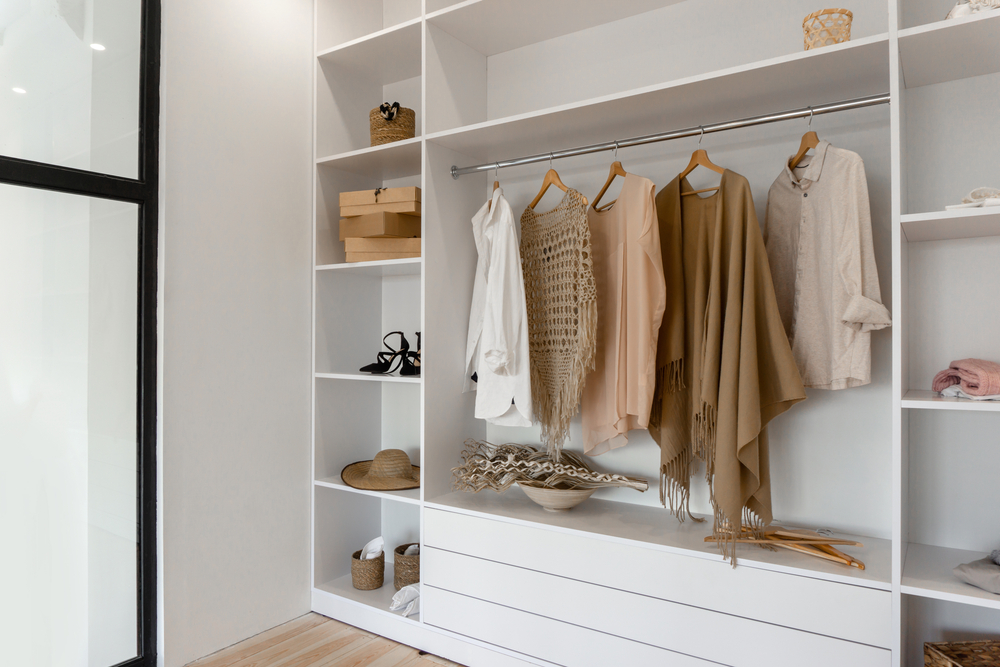Introduction
In a world overrun by fast fashion and trends, the idea of minimalist clothing has become a welcome diversion. Adopting a minimalist wardrobe doesn’t have to mean sacrificing style; rather, it just means building a collection of wardrobe staples that radiate class and adaptability. You may attain maximum style with the least amount of work by narrowing your closet down to just the things you actually need and love. We’ll go over the fundamentals of designing a minimalist closet in this guide, along with advice on how to put together a carefully chosen wardrobe that expresses your individual style and encourages sustainability and mindfulness.
- Define Your Personal Style: It’s imperative to establish your individual style before committing to a minimalist wardrobe. Consider the hues, shapes, and materials that you find appealing. Decide whether you like loose, casual clothing or more traditional tailoring. Knowing these preferences helps you make decisions so that everything in your minimalist closet complements your style. This self-awareness promotes a well-curated wardrobe in which every item works well with every other. You can create a minimalist wardrobe that embodies your distinct style and eases your daily dressing routine by being upfront about your style preferences.

- Declutter Your Current Wardrobe: Clearing out your current wardrobe is the first step towards creating a minimalist closet. Make a list of all the clothes and accessories you own, then go through your collection with ruthlessness. Take out anything that doesn’t fit, is irreparably broken, or just doesn’t go with your style. Items that are still functional but no longer useful to you can be sold or donated. You’ll make room in your wardrobe for the items that genuinely make you happy and express your personal style by simplifying it.
- Invest in Quality Rather Than Quantity: When it comes to a minimalist wardrobe, quality is everything. Rather than giving in to the temptation of fast fashion and impulsive purchases, put your money toward well-made, long-lasting items that will last. Select clothing made of premium materials like silk, wool, linen, and organic cotton. Investing in classic pieces will save you money over time and lessen the need for frequent replacements, even though the initial cost may be higher.
- Adhere to a Neutral Color Scheme: Adopting a neutral color scheme is fundamental to minimalist fashion. Choose classic colors like beige, gray, navy, white, and black that go well together and can be combined to create outfits that are well-planned. Neutral colors work well for layering and accessorizing and offer a flexible base for your wardrobe. You can give your minimalist outfits personality and visual interest by incorporating pops of color through accessories.
- Prioritize Versatile Basics: When creating a minimalist closet, give special attention to basic items that can be dressed in various ways. Invest on wardrobe staples like a little black dress, a white button-up shirt, well-fitting jeans, a tailored blazer, and a classic trench coat. These classic pieces can be dressed up or down to fit any occasion and are the cornerstones of any wardrobe. Choose designs that go beyond fads and seek out silhouettes that accentuate your body type.
- Accept Minimalist Accessories: Accessories are essential for enhancing minimalist looks and giving you a unique style. Select elegant yet understated accessories to go with your look, like structured handbags, leather belts, and delicate jewelry. Selecting accessories in complementary neutral hues will guarantee that they blend in perfectly with your outfit. Purchasing a select few essential accessories enables you to add sophisticated finishing touches without overpowering your minimalist design.

- Put Fit and Comfort First: Fit and comfort are crucial components of a minimalist wardrobe. Choose clothing that is not only fashionable to look at but also cozy to wear all day. Be mindful of how each piece fits to make sure it accentuates your best features and provides maximum mobility. Avoid buying clothes that are too tight or uncomfortable because you’ll probably end up keeping them in your closet unworn. Recall that wearing clothing that makes you feel good is essential to mastering minimalist style, and that confidence is the ultimate accessory.
Conclusion:
Put Fit and Comfort First: Fit and comfort are crucial components of a minimalist wardrobe. Choose clothing that is not only fashionable to look at but also cozy to wear all day. Be mindful of how each piece fits to make sure it accentuates your best features and provides maximum mobility. Avoid buying clothes that are too tight or uncomfortable because you’ll probably end up keeping them in your closet unworn. Recall that wearing clothing that makes you feel good is essential to mastering minimalist style, and that confidence is the ultimate accessory.

